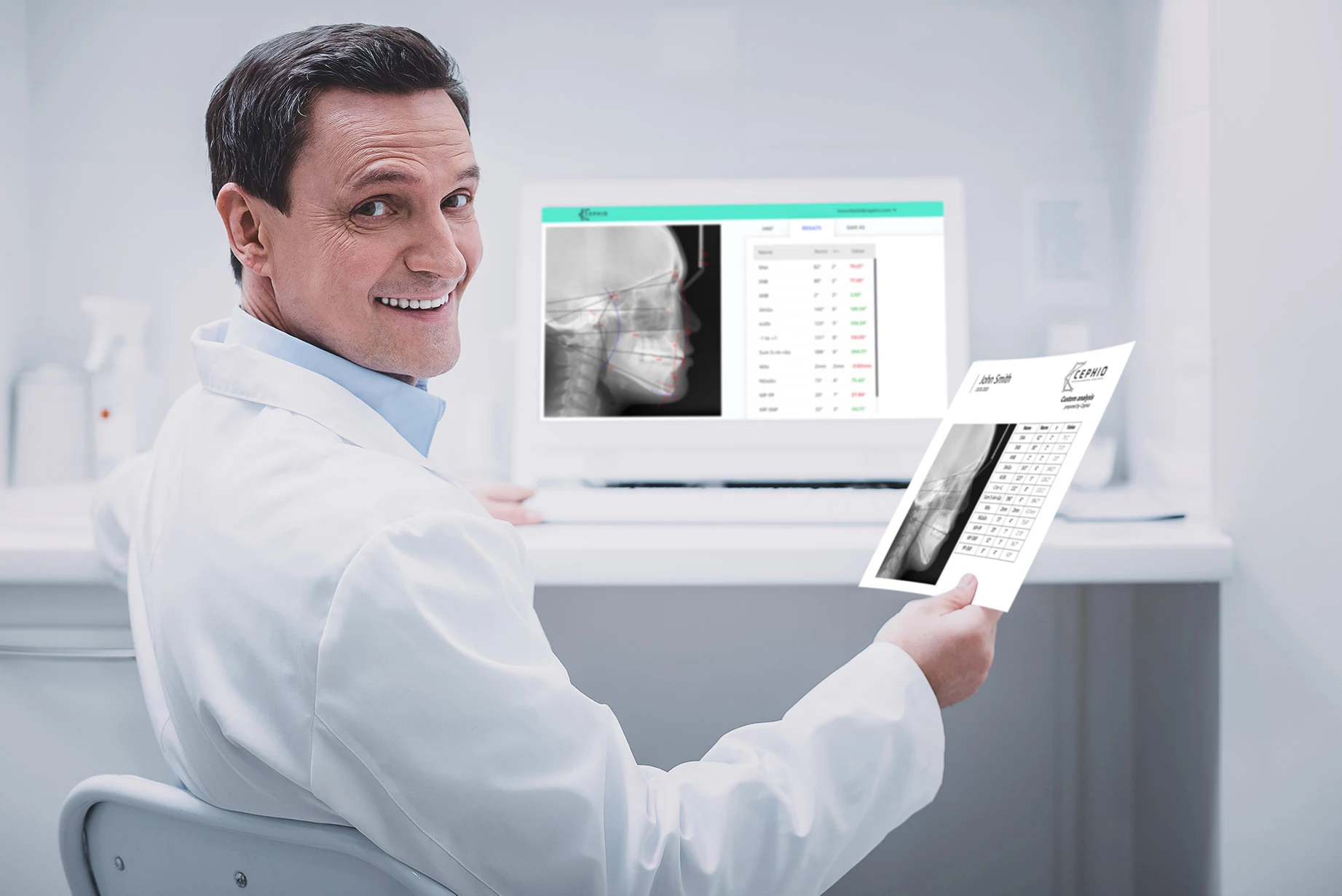Automated tracing in orthodontics represents a significant advancement in clinical practice. By leveraging sophisticated algorithms, this technology reduces the time spent on manual tracing and enhances the accuracy of diagnostic measurements. Consequently, orthodontists can make informed decisions more rapidly, leading to improved treatment planning. This shift not only optimizes workflow but also fosters better communication with patients. However, the implications of such innovations extend beyond efficiency, prompting a deeper exploration of their impact on patient care.
Key Takeaways
- Automated tracing enhances measurement accuracy, allowing orthodontists to make informed treatment decisions quickly and effectively.
- By reducing manual tracing time, orthodontists can see more patients, improving overall practice efficiency.
- Consistent data from automated tracing supports personalized treatment plans tailored to individual patient needs.
- Improved communication and transparency foster trust between patients and orthodontists, enhancing the patient experience.
- The integration of automated systems promotes collaboration among dental professionals, leading to better treatment outcomes.
Understanding How Automated Tracing Works in Orthodontics
Automated tracing in orthodontics harnesses advanced algorithms to analyze cephalometric radiographs with remarkable precision. This technology automatically identifies and measures key dental and skeletal landmarks, replacing the time-consuming manual tracing process. By accurately capturing these relationships, automated tracing provides orthodontists with reliable diagnostic data that is essential for effective treatment planning. Understanding how automated tracing works in orthodontics reveals how innovation is reshaping clinical workflows to improve accuracy and speed.
Streamlining Practice Efficiency Through Automation
The integration of automated tracing significantly enhances practice efficiency by reducing the manual workload involved in traditional cephalometric analysis. Orthodontists save valuable time as the software performs measurements quickly and consistently, minimizing human error. This streamlined process allows practices to see more patients and focus more on clinical decision-making and patient interaction. By embracing how automated tracing works in orthodontics, practices create smoother workflows and deliver faster, high-quality care.

Enhancing Patient Care with Consistent and Shareable Data
Automated tracing not only boosts efficiency but also supports personalized patient care through consistent and easily shareable data. Precise measurements can be effortlessly communicated among orthodontic teams and with patients, fostering transparency and collaborative treatment planning. When patients understand their progress through clear visuals, trust and engagement increase. Learning how automated tracing works in orthodontics empowers both practitioners and patients, strengthening relationships in a technology-driven dental environment.
Frequently Asked Questions
What Software Is Used for Automated Tracing in Orthodontics?
Various software solutions, such as OrthoVision and Dolphin Imaging, are utilized for automated tracing in orthodontics. These programs streamline the analysis process, enhancing diagnostic accuracy and treatment planning, ultimately benefiting both practitioners and patients.
How Much Time Does Automated Tracing Save in Orthodontic Practices?
Automated tracing greatly reduces time spent on diagnosis and treatment planning in orthodontic practices. By streamlining data analysis and improving accuracy, it can save practitioners several hours per case, enhancing overall operational efficiency and patient satisfaction.
Is Automated Tracing Suitable for All Types of Orthodontic Cases?
Automated tracing is generally suitable for a wide range of orthodontic cases, yet its effectiveness may vary depending on individual patient needs and complexity, necessitating careful evaluation by practitioners before implementation in specific treatments.
How Does Automated Tracing Enhance Patient Communication?
Automated tracing enhances patient communication by providing clear, visual representations of treatment progress. This technology allows orthodontists to easily showcase changes, fostering understanding and trust, ultimately leading to improved patient engagement and satisfaction throughout the treatment journey.
Can Automated Tracing Integrate With Existing Orthodontic Systems?
Automated tracing can seamlessly integrate with existing orthodontic systems, enhancing workflow and data management. This compatibility allows for improved treatment planning and communication, ultimately benefiting both practitioners and patients in their orthodontic journey.
Conclusion
To summarize, automated tracing technology in orthodontics greatly enhances practice efficiency and elevates patient care. By reducing manual tracing time and improving measurement accuracy, orthodontists can make faster, informed decisions in treatment planning. This technological advancement not only fosters better collaboration among dental professionals but also provides patients with customized treatment plans and clear communication. Ultimately, the integration of automated tracing leads to a more streamlined orthodontic process, enhancing the overall patient experience and satisfaction.
You May Also Like To Read:
